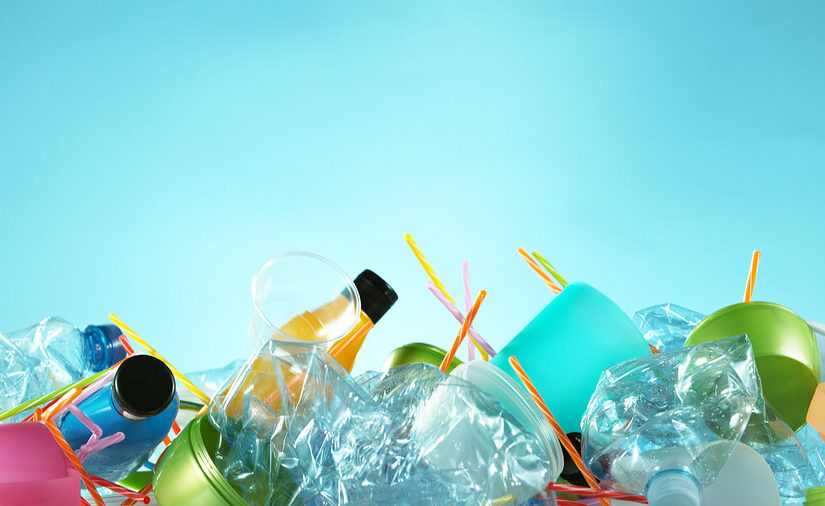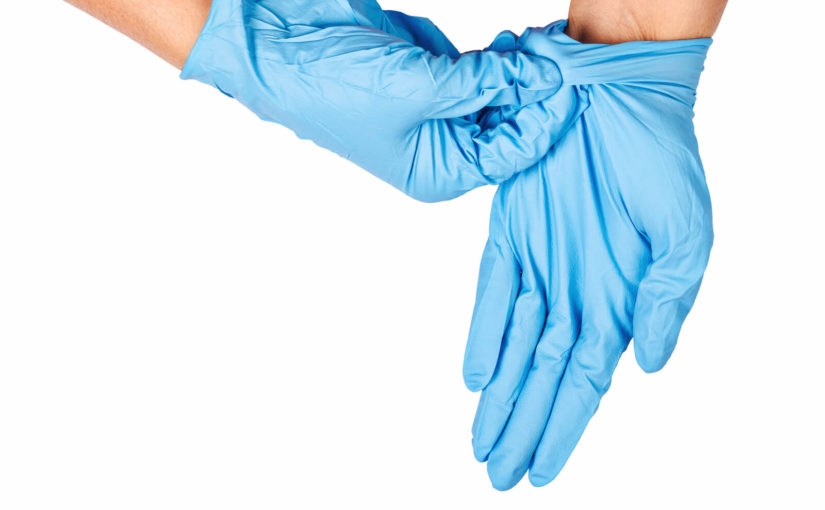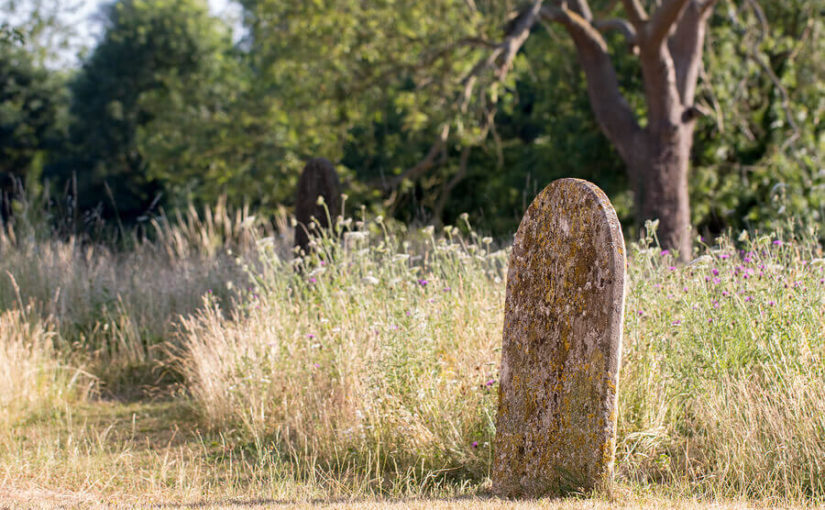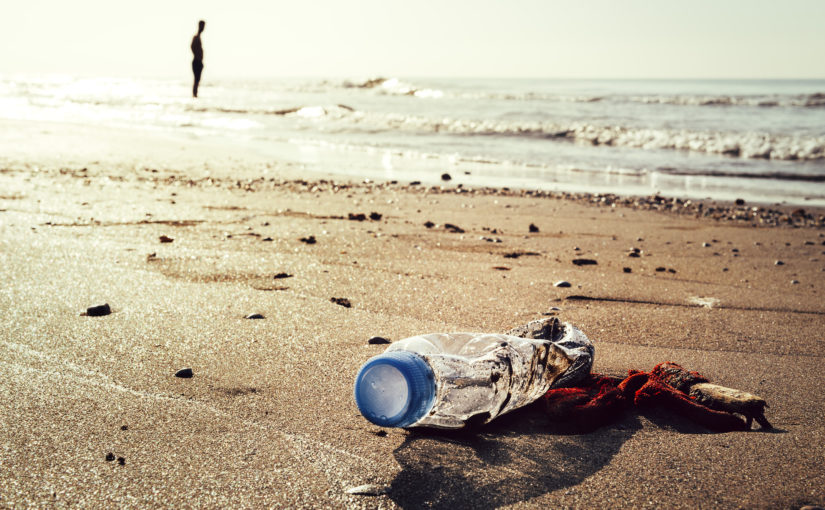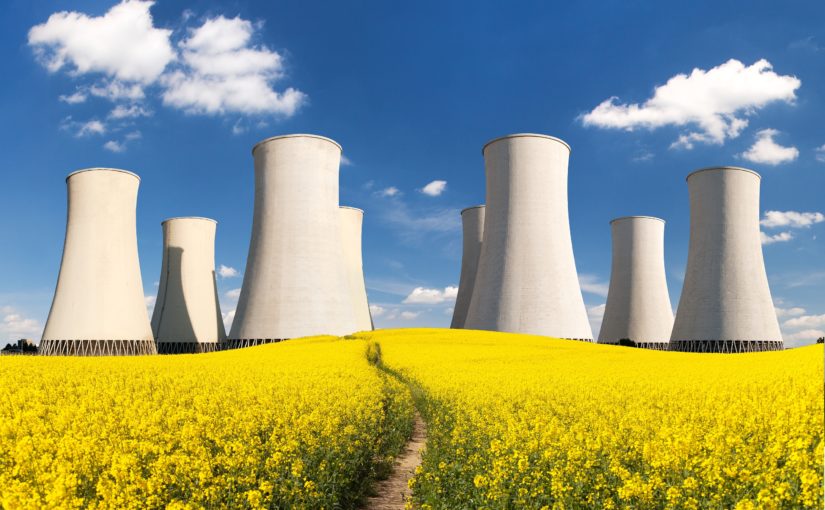Creating a sustainable wardrobe can be a bit of a daunting task. If you’re used to wearing designer brands, and not really thinking about what you’re buying, this could be quite a challenging thing to do! However, it is worth it.
Continue reading How to create a sustainable wardrobeCategory: Environmental
How to eliminate single-use plastic from the kitchen
Plastic is polluting the environment every day. As well as on land, plastic is in the sea and causing more harm than ever. In fact, at least eight million pieces of plastic are entering the oceans every day.
You may be wondering how so much plastic is entering the oceans. Two-thirds of plastic comes straight from land-based sources, such as litter left on the beach or washed down the drains from rubbish dropped in towns and cities.
The amount of plastic in the oceans currently stands at a shocking 51 trillion microscopic pieces of plastic, which weighs 269,000 tonnes (equivalent to 1,345 adult blue whales). As well as harming our environment, wildlife is greatly affected. Fish, seabirds, dolphins, and seals face injuries and are at the risk of dying from being entangled in plastic or mistaking it for food.
Continue reading How to eliminate single-use plastic from the kitchenAn eco-friendly guide to birth control
When it comes to birth control, the only 100 percent reliable method is abstinence.
However, if you are wanting to enjoy a healthy sex life that doesn’t result in you bringing new life into the world, then you’ll want to choose one or more alternative methods of birth control.
There are around 15 types of contraception available in the UK, with some being more eco-friendly than others.
In this article, we’ll take a look at birth control, outline the most popular options, and explore how green each of those is or has the potential to be.
Continue reading An eco-friendly guide to birth controlCoronavirus: What happens to medical waste?
As the COVID-19 pandemic continues to wreak havoc across the world, some of you may be wondering what happens to single-use medical equipment once it’s been used.
This article explores the topic of medical waste in the UK, outlines the various types, and explains what happens to each at the end of its lifetime.
In particular, with regards to the coronavirus outbreak, there is currently a lot of discussion around PPE, which stands for Personal Protective Equipment. This will be covered below.
Medical waste must be dealt with separately from general waste. This is to avoid the spread of infection and to prevent the general public and the environment from coming to any harm as a result of the waste.
Continue reading Coronavirus: What happens to medical waste?How to be eco-friendly in death
While we usually tackle eco-friendly matters of life, this blog is instead going to look at the matter of death and your choices for what happens to your body.
According to the Cremation Society of Great Britain, 75 per cent of the population currently opts for cremation after death, with the majority of the rest choosing traditional burial.
While the population is ever-keener to live more sustainably, it would appear that not many of us are considering our post-life choices and how they could be changed to be kinder to the planet.
Continue reading How to be eco-friendly in deathEco-friendly date ideas for Valentine’s Day
It’s the month of love and, if you’re an eco-conscious couple, how better to celebrate your relationship on Valentine’s Day than by enjoying a sustainable date night together?
Of course, you could head to the local cinema or enjoy a meal cooked together at home, but if you’ve exhausted those options or they don’t feel very romantic to you anymore, then we’ve got a variety of options you might enjoy more.
We have pulled together a collection of great sustainable dates below for you to enjoy with your partner on Valentine’s Day — or any other day of the year!
Continue reading Eco-friendly date ideas for Valentine’s DayWhy is plastic bad for the planet?
Hundreds of news articles have been written over the past few years about the rise of plastic waste and with it, plastic litter.
While there’s no denying that plastic is everywhere nowadays, there is some confusion as to why plastic is so bad for our planet.
After all, it’s still mass-produced, and people are still regularly bringing it into their homes.
Plastic is everywhere you look in the home — whether it’s the handwash container and shampoo bottle in the bathroom, the toys in the lounge, or the utensils and food storage boxes in the kitchen.
There’s a difference between single-use plastic and plastic products that are created to be reused. However, there are risks associated with both.
This blog post takes a look at why plastic is such a problem for the environment.
Continue reading Why is plastic bad for the planet?Everything you need to know about nuclear waste
If you watched Chernobyl recently, then you may have had your first insight into the world of nuclear energy.
If you didn’t see Chernobyl, then it was an HBO mini-series based on the true story of the Chernobyl nuclear disaster.
The accident took place on 26 April 1986, and you can watch the eye-opening trailer for the show below.
So, what is nuclear energy, how is nuclear waste produced, and how do we, as humans, safely deal with the waste?
Read on to learn more on this fascinating subject.
Continue reading Everything you need to know about nuclear wasteHow to create an eco-friendly bathroom
Of all the rooms in a house, the bathroom rivals the kitchen for the most waste produced. However, it’s also the room where people are most likely to forget to be kind to the environment.
So, how can you create an eco-friendlier bathroom? Follow our top tips below to get started.
Continue reading How to create an eco-friendly bathroomHow to reduce your carbon footprint when travelling
We live in a time where travel is prevalent — both for work and leisure. However, this travel can come at a large cost to the planet by way of carbon emissions, and some travel habits truly have a huge impact.
Flights, for example, are relatively cheap to buy but planes produce very high carbon emissions. Until new aircraft arrives, flights will, unfortunately, remain one of the most significant contributors to the issue of climate change.
So, how can we all travel in an eco-friendlier way? We’ve gathered some ideas for you below.
Continue reading How to reduce your carbon footprint when travelling
